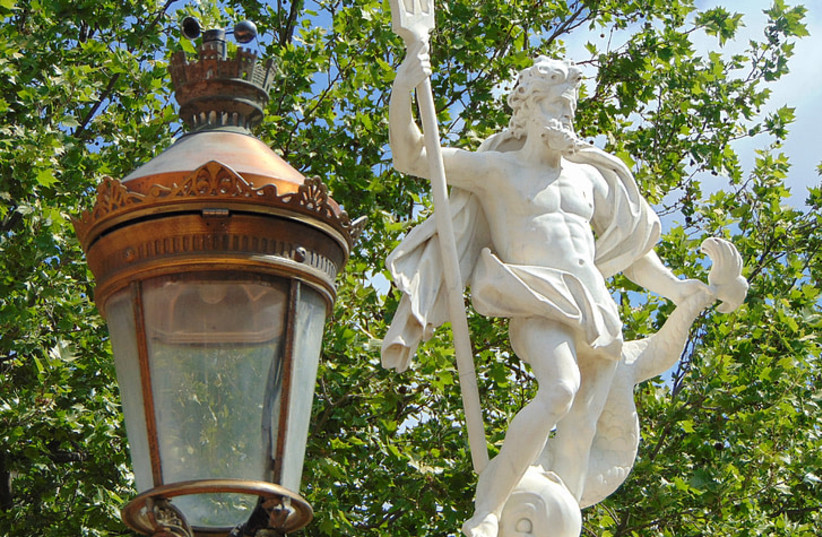Archaeologists discovered remains of what they believe was the temple of Poseidon near Samikon, Greece, according to a report by Phys on Wednesday.
The remains were unearthed and are being researched by the Austrian Archaeological Institute together with researchers from the Johannes Gutenberg University Mainz, Kiel University and the Ephorate of Antiquities of Elis.
The location where the remains were found corresponds to the area referred to by ancient Greek historian Strabo who described the shrine some 2,000 years ago.
Why do researchers believe its the temple of Poseidon?
The area, which is near the coast of the Peloponnese, is known to have been hit with multiple tsunamis in prehistoric and historic times. While it would seem that people would avoid such an area, this could actually be further evidence for these remains being from the temple of Poseidon because he was believed to be the god responsible for earthquakes and tsunamis.
The remains were first found in 2021, but it wasn't until a few months ago that the archaeologists realized that they were probably what was left of a temple of Poseidon.

More research needs to be done on the structure, and extensive archaeological, geoarchaeological and geophysical analysis is planned for the next few years in order to give us a better understanding of what the structure was and its history.
In Greek mythology, Poseidon is the god of the sea, earthquakes and horses. He is the brother of Zeus, god of the sky and Hades, god of the underworld, and the three are considered the biggest gods of the 12 main Greek gods. He is traditionally depicted with a trident which he is believed to have used to channel his powers.
